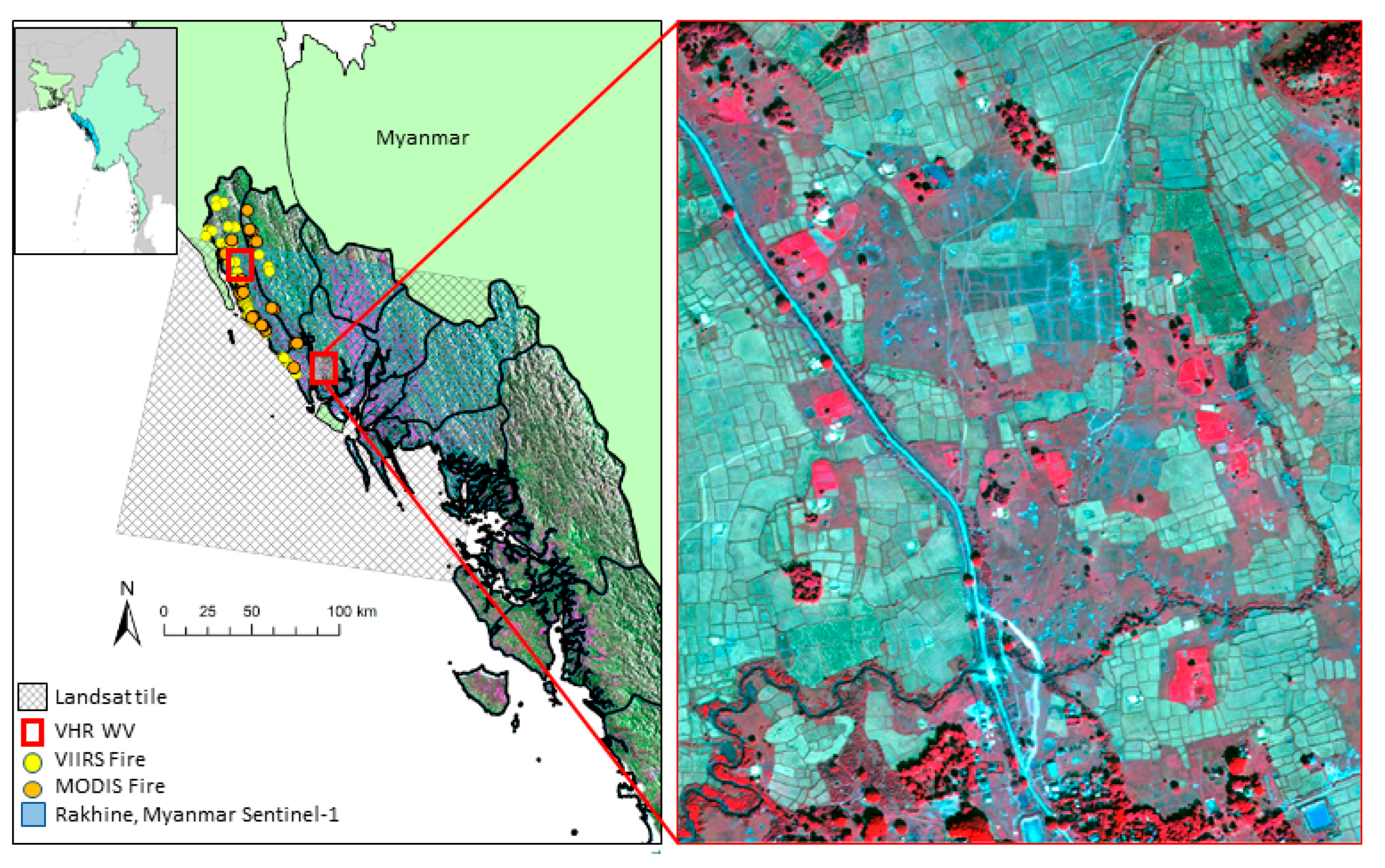
It serves as an aid to maintenance and operations and even covers the building's eventual demolition.Īs the building evolves, the model grows richer in information added by architects, their consultants, and the constructors. In the scenario suggested by these vendors, a single, unified data model encompasses all the information about a building, from its initial programming through all the phases of design and construction. No single system has yet reached this goal, but Autodesk and Bentley Systems have come close enough that it's possible to envision the future.
BEST WAY TO TONE WALLS IN DATACAD 19 SOFTWARE
For example, senior designers may have less need to delegate menial work to junior designers, so there may be less low-level work for the juniors to hone their skills on.įuture software systems also promise to have the ability to exhaustively define a building through its entire life cycle. This will affect the traditional roles and relationships within firms. Working drawings, schedules, and specifications can be generated quickly from the database of this information, replacing long hours of drafting.Īs a result, the time it takes to complete various design phases will shift, and the tedious act of drafting will be replaced by a more decision-intensive design process.

These objects are referred to as intelligent because software keeps track of their behavior and their relationships to other objects as well as their appearance. Instead of graphic representations being the software's primary data, designers will produce electronic definitions for "intelligent" objects such as walls, windows, and roofs, which will reside in a highly complex database. Chief among these will be the impact of object-oriented approaches to CAD systems.

Computer-aided drafting, after all, is still drafting although sophisticated digital technology may intervene between the designer's act of drawing and the final production of bluelines, the initial process and the final result are basically the same.īut the changes in technology within the architecture profession over the last 15 years are minor compared to the tremendous innovations that are coming. The computer has brought plenty of changes to the architectural profession, but the way architects approach design has remained consistent.


Software being developed now will completely change the way architects design, and how they charge for their work.


 0 kommentar(er)
0 kommentar(er)
